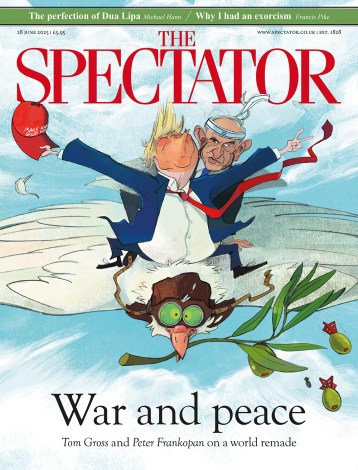Double identity
Listing page content here I can’t make up my mind about Shared Experience. Since 1988, this company has been adapting classic works of literature, transforming some of the greatest books in the Western canon into visceral pieces of physical theatre. The results are distinctly mixed. On the one hand, the plays are rarely more than crude summaries of the original novels, almost as if they’ve been designed to help GCSE English students revise for their exams. But on the other, they’re undoubtedly theatrical, retelling these famous stories on stage in ways that are often very imaginative. Jane Eyre, which is the most famous example of Shared Experience’s work, is a
